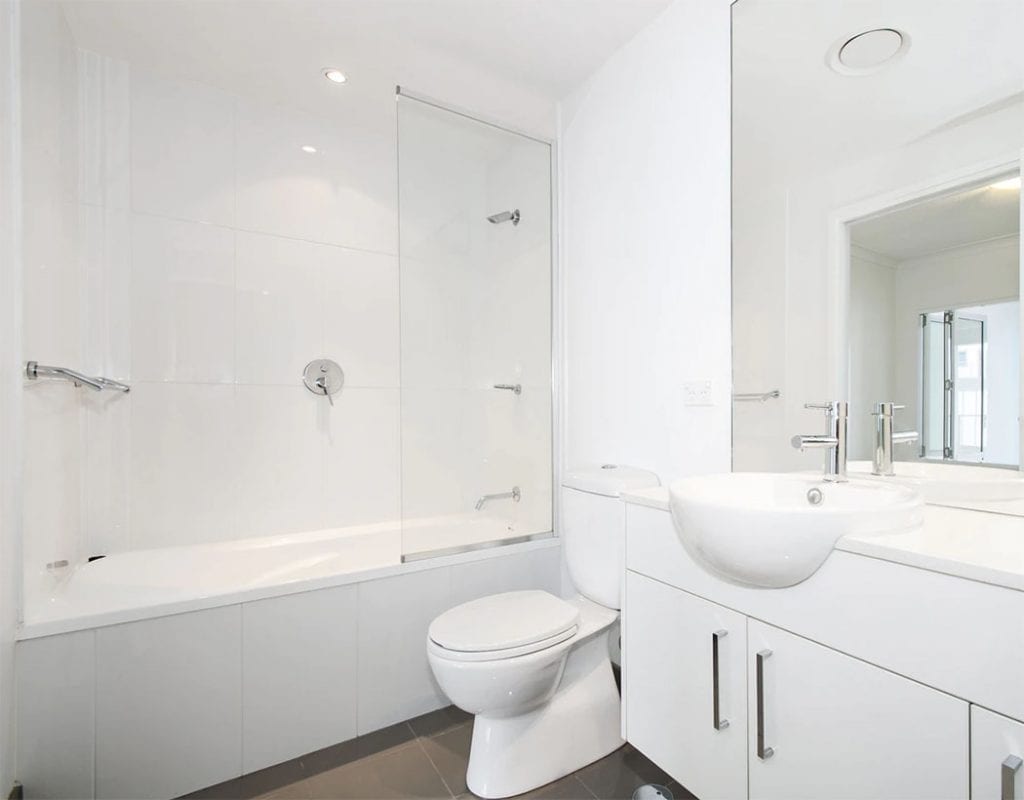Dealing with bathroom water damage can be a daunting and often expensive ordeal. From understanding the causes and extent of water damage to navigating the complexities of repair processes and costs, this comprehensive guide aims to cover all aspects of water damage in bathrooms. It provides detailed insights, practical advice, and tips to help homeowners manage and prevent future incidents, aiming for an exhaustive exploration of the topic.
Understanding Water Damage in Bathrooms
The Nature of Water Damage
Water damage in bathrooms can manifest in various forms, from cosmetic to structural issues. It can affect walls, flooring, fixtures, and even the underlying structure of your home. Early identification and understanding of the types of water damage are crucial in preventing extensive and costly repairs.
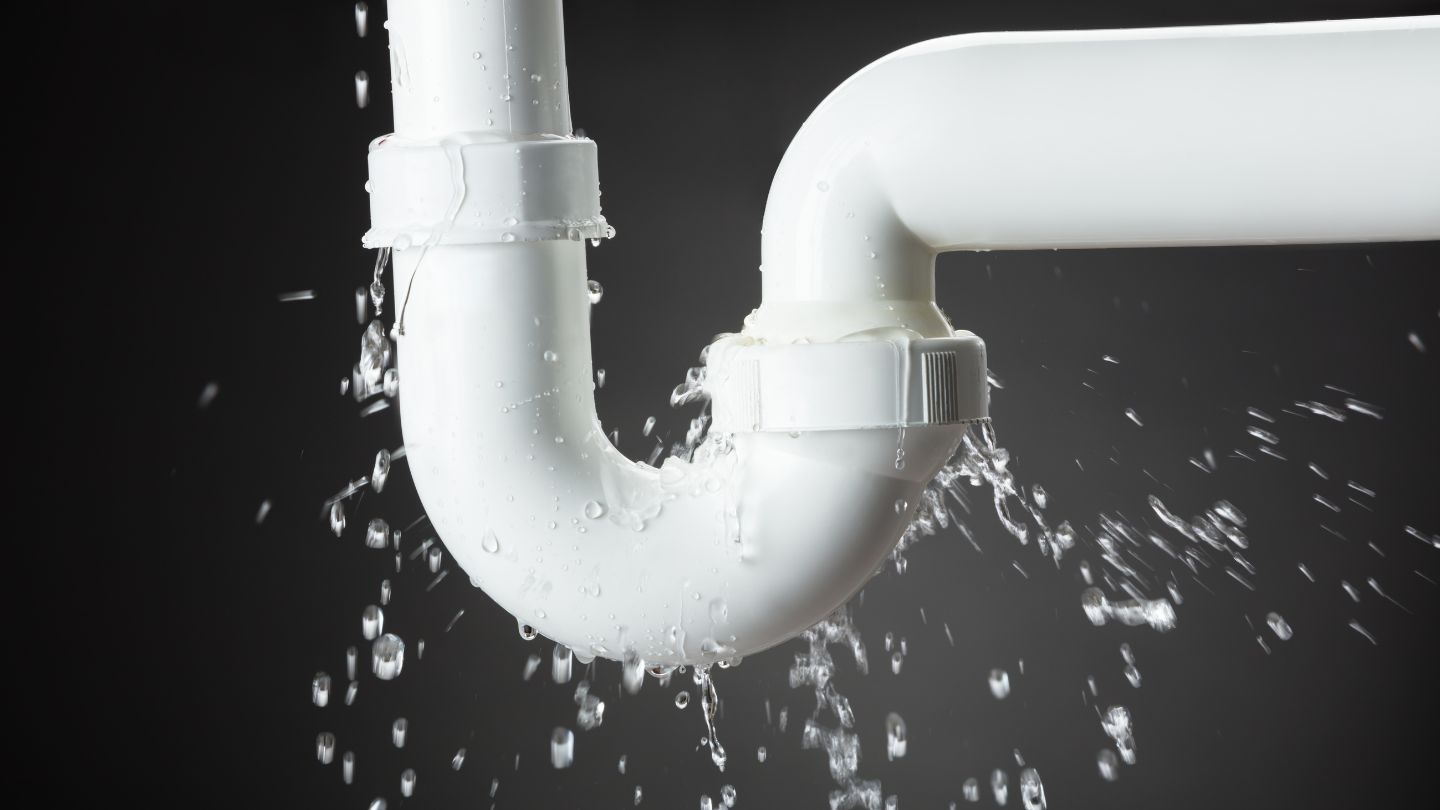
Identifying Common Causes of Bathroom Flooding
- Pipe Bursts: Sudden breaks or leaks in the plumbing can release a significant amount of water quickly.
- Clogged Drains: Blocked toilets or sink drains can lead to overflow situations, especially if left unattended.
- Faulty Seals: Over time, seals around bathtubs, showers, and toilets can degrade, leading to slow leaks that accumulate.
- Appliance Failures: Bathrooms with washing machines or water heaters might experience flooding if these appliances malfunction or leak.
Factors Affecting Bathroom Repair Costs
Understanding what goes into the cost can help you anticipate and budget for repairs more effectively.
Extent of Water Damage
- Surface vs. Structural Damage: Surface damages are generally cheaper to fix than structural issues, which might require extensive reconstruction.
- Area Affected: Larger bathrooms or those with more luxurious fittings might be more expensive to repair due to the amount and cost of materials and labor involved.
Type of Materials Affected
- Flooring: Different flooring materials can vary significantly in cost to repair or replace, with natural stone being more expensive than vinyl or tile.
- Walls: The type of wall material and the extent of damage (whether it’s paint, wallpaper, or the drywall itself) can affect costs.
Labor Costs
- Specialization Required: Some repairs might require specialized contractors, such as plumbers or electricians, whose rates can vary.
- Regional Variations: Labor costs can vary significantly based on your geographic location.
Typical Bathroom Repair Processes and Associated Costs
Detailing each step involved in the repair process helps in understanding where the costs accumulate and how you might save or make efficient decisions.
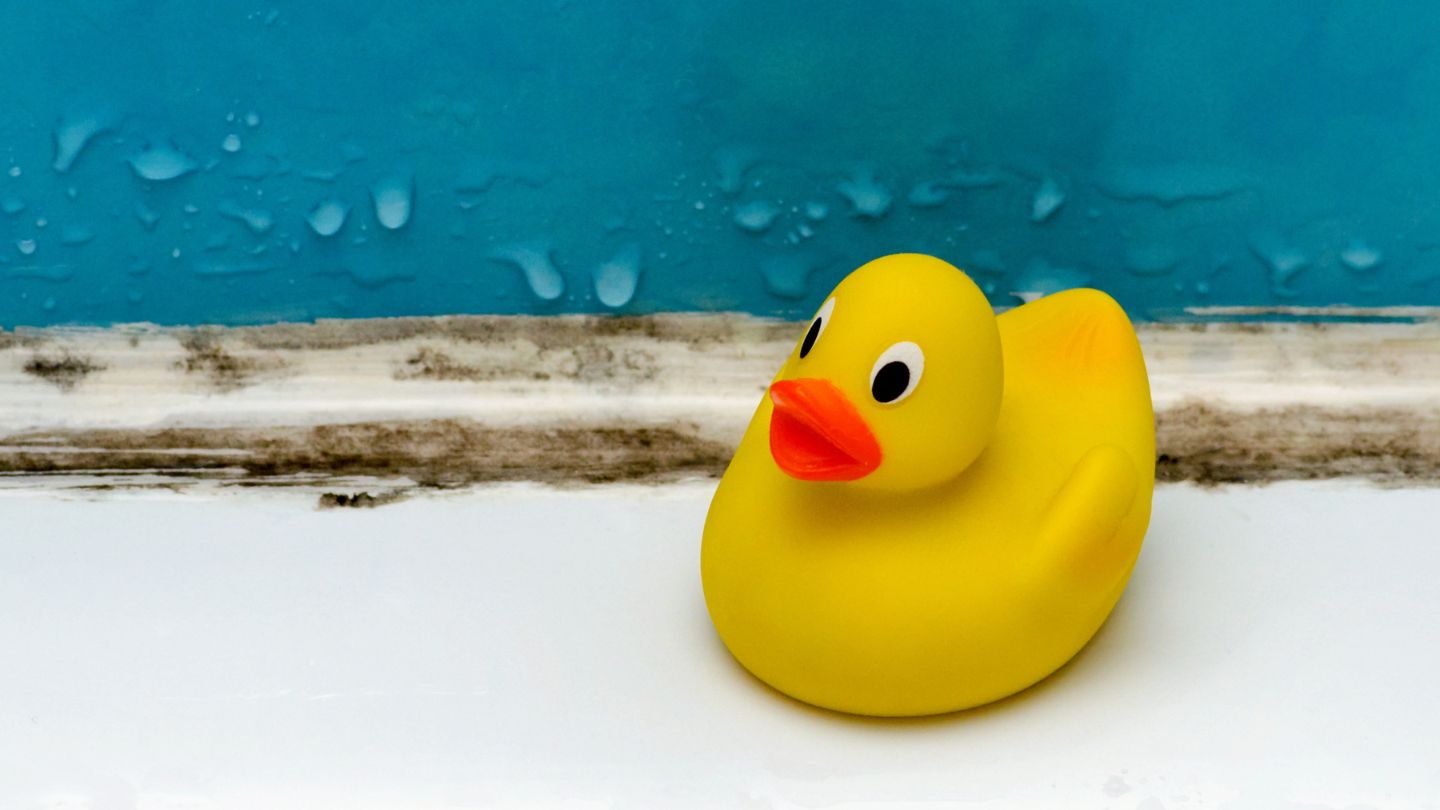
Initial Assessment and Water Removal
- Restoration Professional Assessment: A thorough evaluation by a professional can pinpoint all areas of bathroom water damage, some of which might not be immediately apparent.
- Water Extraction: The use of pumps, vacuums, or other methods to remove standing water is critical in mitigating further damage.
Drying and Dehumidification
- Drying Out: Industrial-grade dehumidifiers and air movers are typically used to dry out the affected areas completely.
- Monitoring: Regular moisture level monitoring ensures the area is adequately dried, preventing mold growth and further material degradation.
Cleaning and Sanitizing
- Disinfection: Post-flooding, it’s crucial to clean and sanitize the area to prevent mold, mildew, and bacteria from developing.
- Material-Specific Cleaning: Different materials might require specific cleaning agents or methods to avoid further damage.
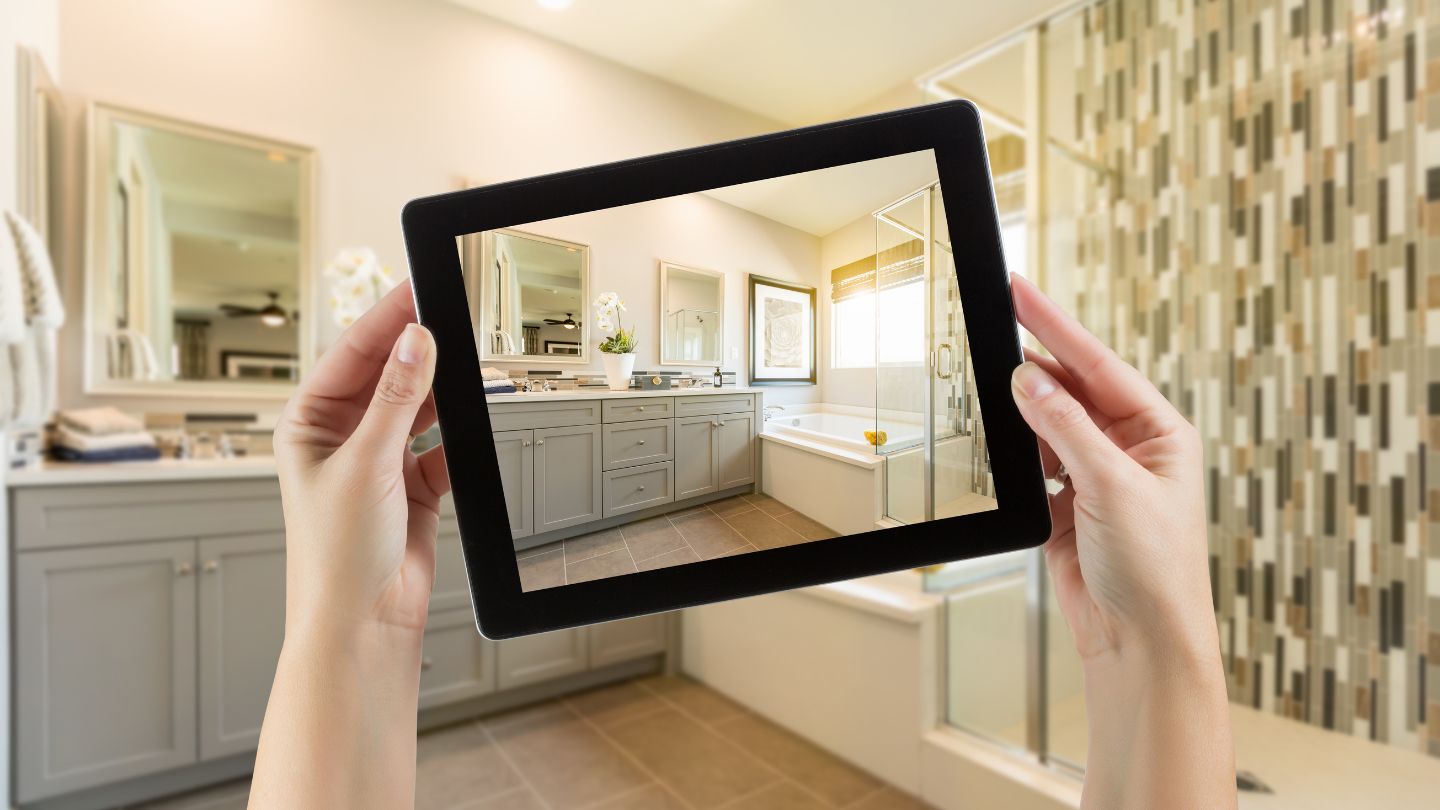
Repair and Restoration
- Flooring and Wall Repairs: This might involve replacing tiles, hardwood panels, or sections of drywall.
- Fixture and Fittings Replacement: Damaged fixtures like sinks, toilets, or cabinets may need to be repaired or replaced.
- Aesthetic Touches: Repainting, retiling, or redecorating to bring the bathroom back to its pre-flooding condition.
Mold Remediation
- Identification and Removal: Professional mold remediation might be necessary if mold has developed as a result of the flooding.
- Preventive Mold Treatments: Applying mold-inhibiting treatments can prevent future growth in moist bathroom environments.
Estimating Your Bathroom Water Damage Repair Costs
To form a more accurate estimate of repair costs, consider all the factors and processes involved.
Steps to Estimate Bathroom Water Damage Repair Costs
- Detail the Water Damage: List out all affected areas and items.
- Factor in Unseen Costs: Consider the potential for hidden bathroom water damage that might only be revealed during the repair process.
Insurance Policies and Claim Considerations
Navigating insurance claims can be complex but understanding your policy helps in recovering costs.
- Insurance Policy Coverage: Know what types of water damage are covered and under what circumstances.
- Insurance Claim Process: Document the damage thoroughly and understand the steps required by your insurance to file a claim.
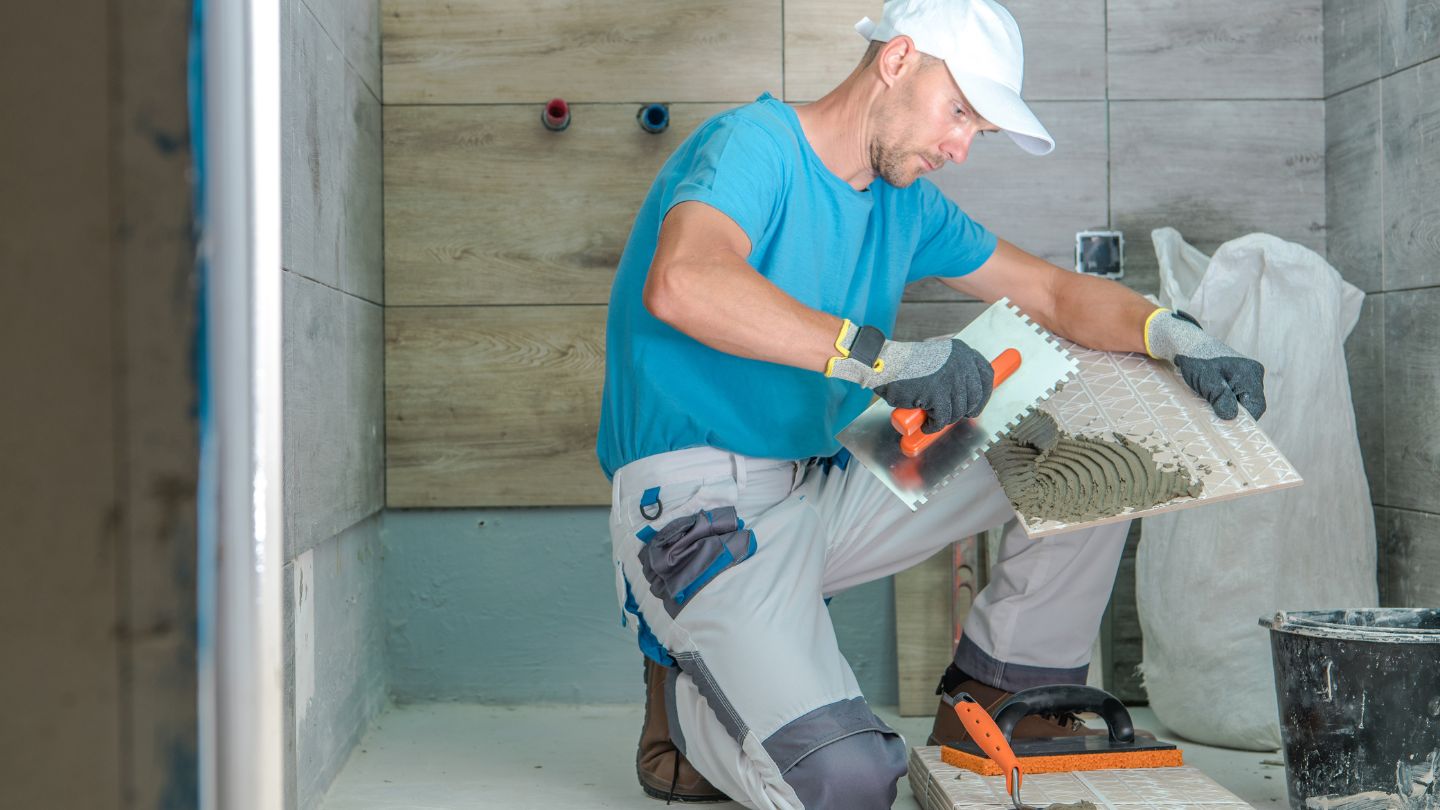
Reducing Bathroom Water Damage Repair Costs
Taking proactive and informed steps can help in managing and reducing the overall repair costs.
Preventive Measures
- Regular Inspections: Routine checks on plumbing and fixtures can prevent many causes of bathroom flooding.
- Quality Repairs: Ensure any past or current repairs are done correctly and with durable materials to prevent future issues.
Smart Decision-Making Post-Flooding
- DIY Where Safe: Undertake any safe clean-up or minor repairs yourself if possible.
- Salvage What You Can: Assess what materials or fixtures can be cleaned and reused versus replaced.
What Should I Do Immediately After a Bathroom Flood?
Immediate Steps to Take:
- Stop the Water Source: Identify and stop the flow of water immediately. This may involve shutting off the main water supply or closing the valve to the broken fixture.
- Safety First: Ensure the area is safe to enter. Look out for electrical hazards or structural damage that might pose risks.
- Remove Standing Water: Quickly removing water can significantly reduce damage. Use towels, mops, or a wet vacuum if available.
- Document the Damage: Take photos and videos of the damage for insurance purposes before you start the cleanup process.
- Ventilate and Dry: Open windows and use fans to start drying out the area. Dehumidifiers can also help in reducing moisture quickly.
Calling Water Restoration Professionals:
- Water Damage Restoration Service: These professionals can assess the damage, provide a thorough cleanup, and begin the restoration process. You can contact United Water Restoration Group for immediate assistance in these situations.
- Plumber: If the flood was due to a plumbing issue, a plumber might be needed to fix the underlying problem. United Water Restoration Group partners with responsible, certified plumbers who can assist.
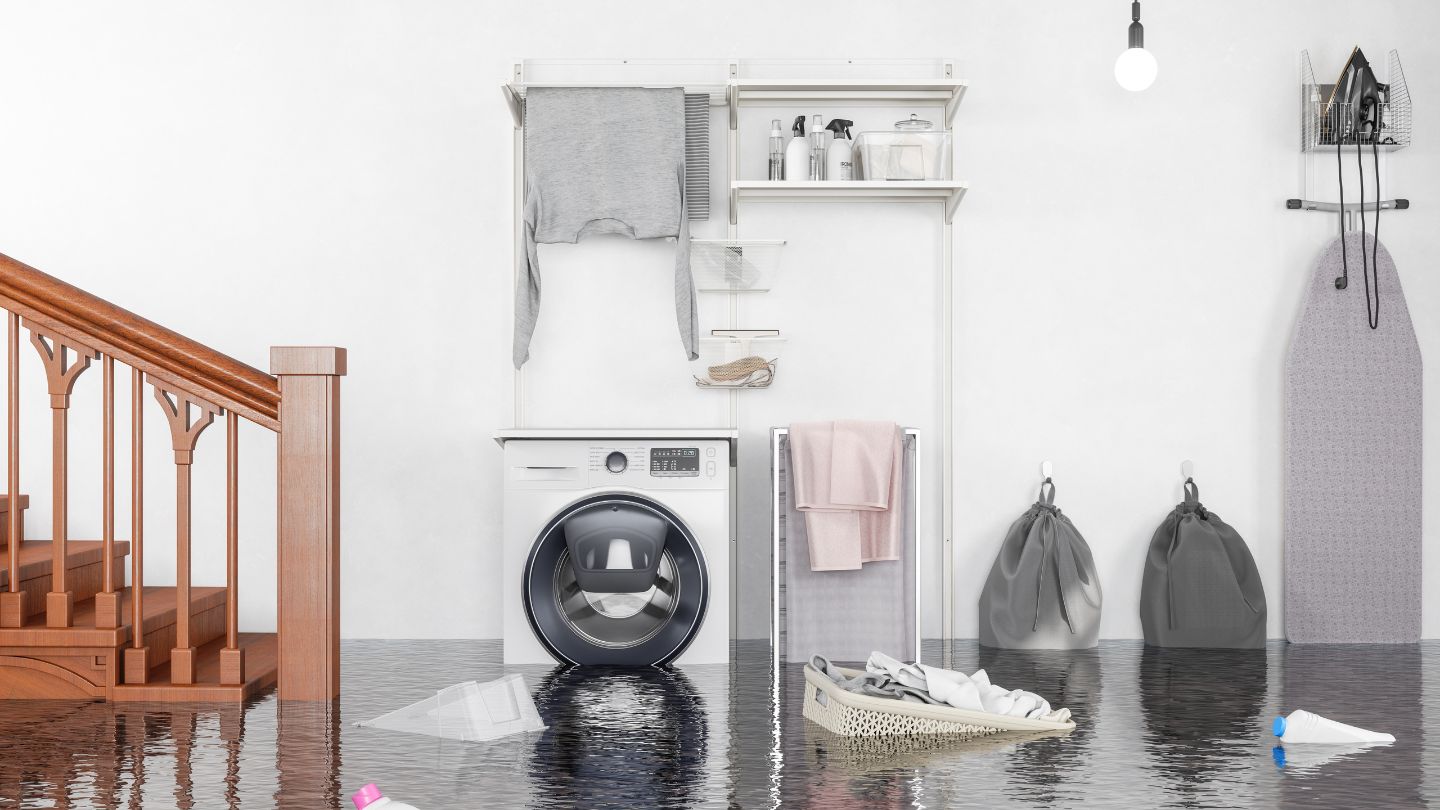
How Can I Prevent Bathroom Water Damage From Happening Again?
Regular Maintenance and Inspections:
- Check Plumbing Regularly: Regularly inspect pipes, faucets, and the toilet for signs of wear or leaks.
- Maintain Appliances: Ensure any appliances in the bathroom, like washing machines, are well maintained and inspect hoses and connections.
- Upgrade Fixtures: Consider upgrading to modern fixtures with better leak prevention technology.
Improving Bathroom Design and Infrastructure:
- Water Detection Devices: Install water sensors that alert you to the presence of unwanted water and prevent bathroom water damage.
- Better Drainage: Ensure your bathroom has adequate drainage and that drains are not clogged.
- Sealant and Waterproofing: Regularly reapply sealants around showers, tubs, and sinks, and consider waterproofing areas that are prone to water exposure.
Is Mold After Bathroom Water Damage a Serious Concern?
Mold can pose serious health risks and further damage materials. Addressing any dampness and hiring professionals for mold assessment and remediation is crucial.
Health and Structural Risks:
- Health Implications: Mold can lead to various health issues, especially for those with allergies, asthma, or compromised immune systems. Symptoms can include respiratory problems, skin irritation, and allergic reactions.
- Structural Damage: Mold can also digest and break down building materials, leading to further damage and weakening of structural elements.
Dealing with Mold:
- Quick Response: Addressing moisture quickly can prevent mold growth. Mold can begin to grow within 24-48 hours after exposure to moisture.
- Professional Mold Assessment and Remediation: If mold is suspected or visible, it’s crucial to have a professional assess the situation. Remediation might involve removing and replacing affected materials, using antimicrobials, and ensuring the area is completely dry.
- Preventive Measures: Using dehumidifiers, ensuring good ventilation, and promptly fixing leaks are key strategies to prevent mold growth in the future.
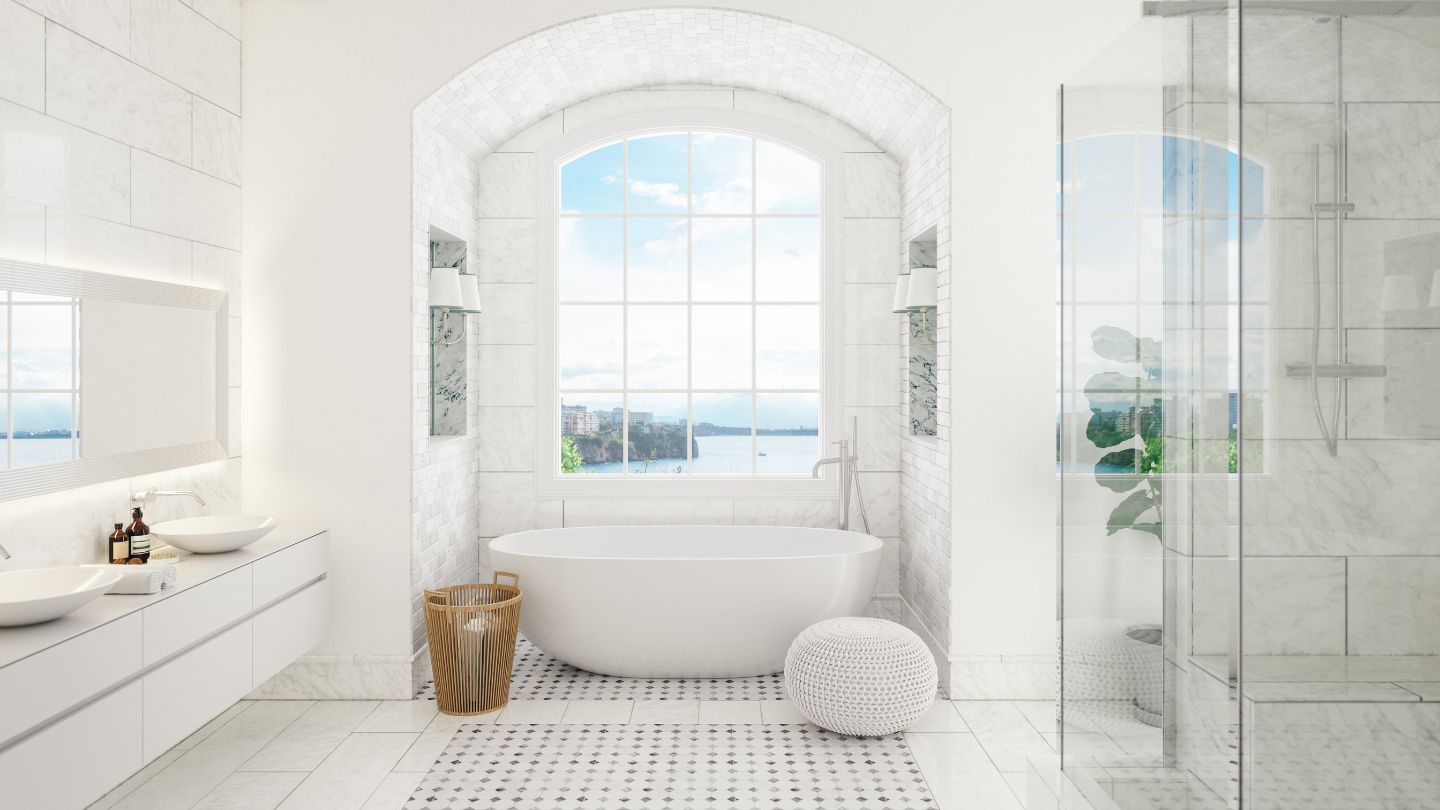
Contact UWRG for Bathroom Water Damage Repairs
Flooded bathrooms require immediate attention and can vary widely in repair costs based on several factors. By understanding these factors, the typical repair processes, and the ways to mitigate and prevent future incidents, homeowners can navigate these stressful situations more effectively. While some preventive measures and minor repairs can be DIY, professional assessment and repair are recommended for extensive damage, especially when structural integrity and mold are concerns.
For comprehensive support and expert services, homeowners can turn to United Water Restoration Group for all their water damage repair needs. Call our expert team at 800-430-5838 for immediate assistance with bathroom water damage.
